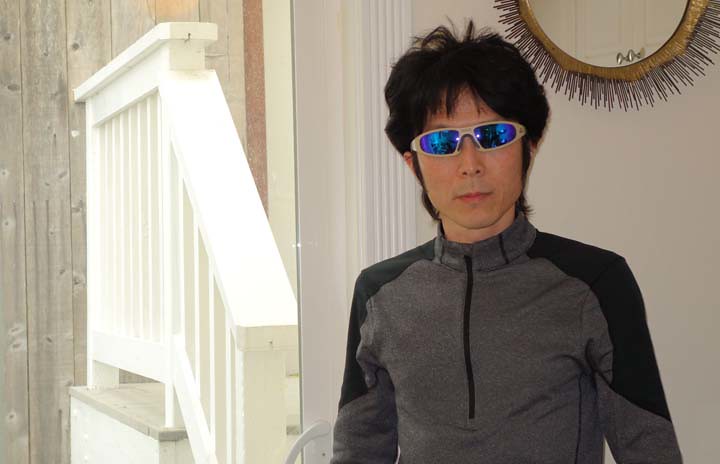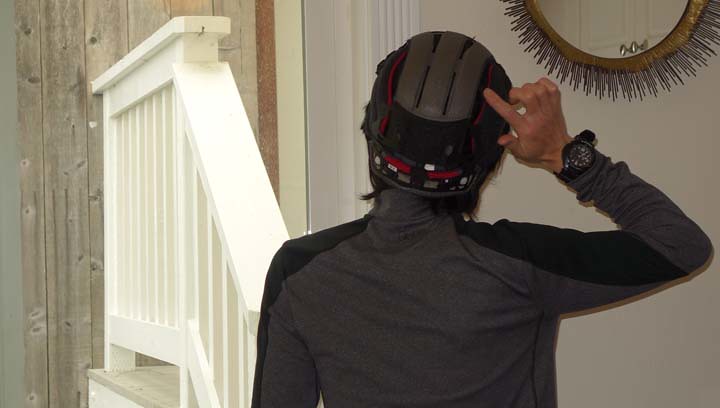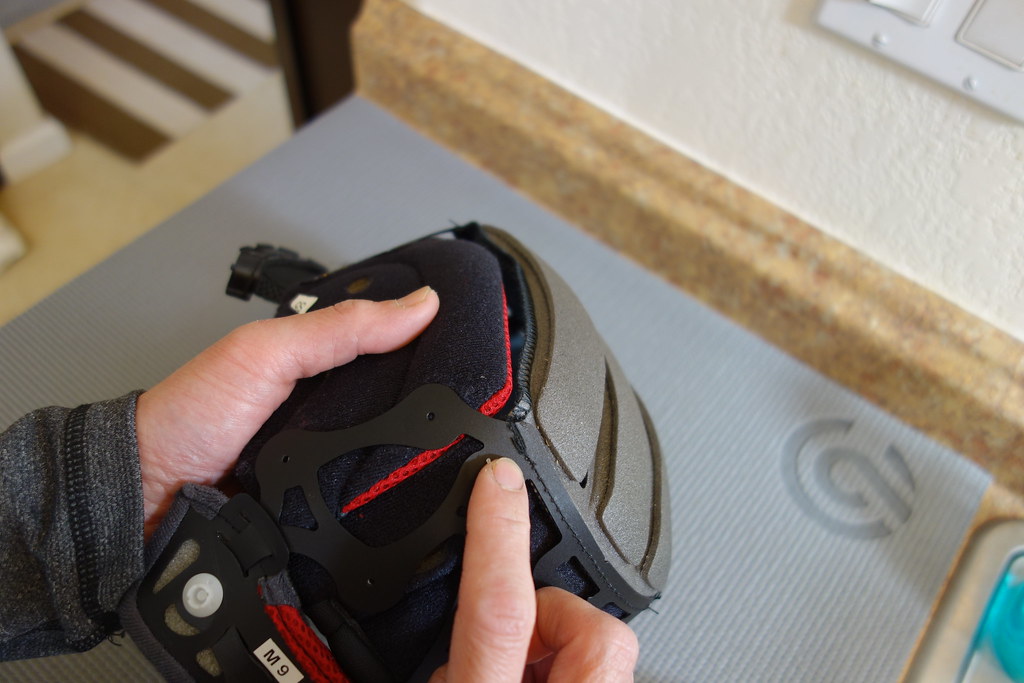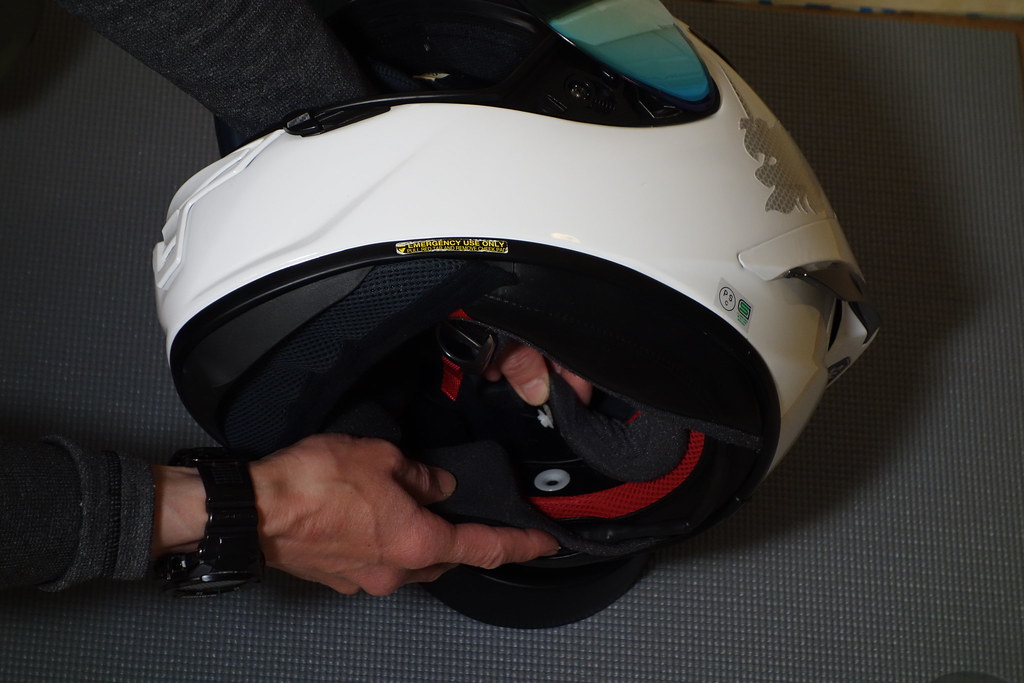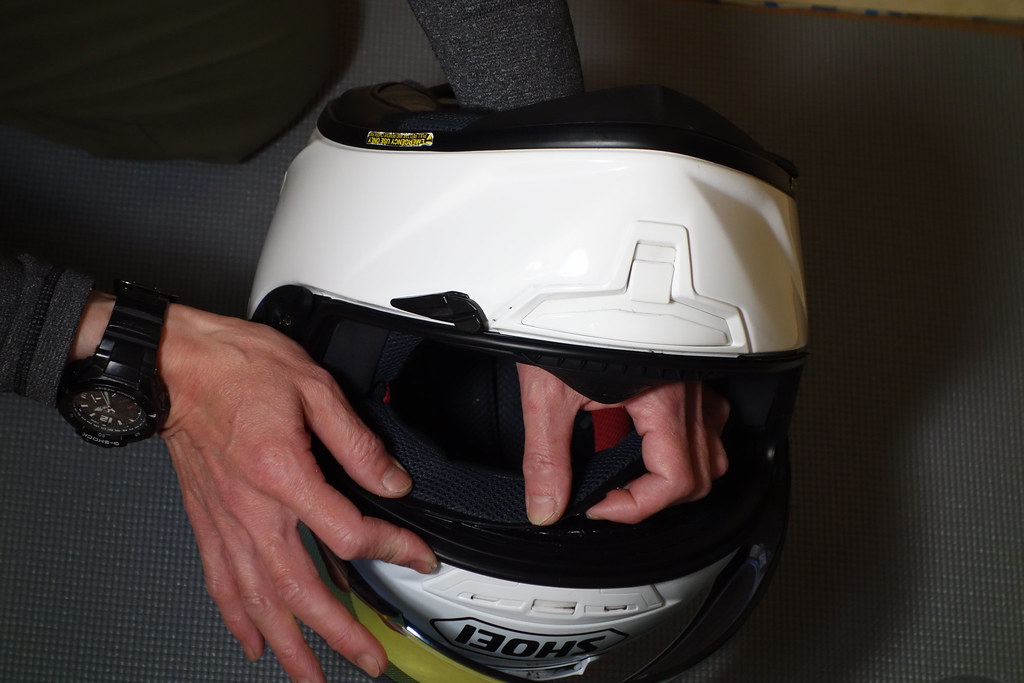About "replacing helmet after 5 years" thing
So, you have the helmet that you can happily wear for hours without pain, but doesn't slip around on your head.
Do you have to replace it after 5 years, as some people say?
I was kinda hesitant to post this, (because this may "open up the whole can of worms"), and it's not directly related to hot spot/ fitting problem.
,but, in the end, decided to post against my better judgment. (I originaly wrote this for ADV rider’s thread, regarding the helmet’s “sell by date”.)
First of all, I want all of you to understand that this is what SHOEI North Amarica, who is a distributor, NOT the actual helmet manufacturer, says.
(Yes, yes, I understand that for us who live in US and Canada, SHOEI North America
IS SHOEI (since SHOEI Helmet in Japan won't directly communicate / do business with us), but still, you have to understand that what they(SHOEI North America) say is NOT exactly the same as
what SHOEI Helmet in Japan (as a manufacturer) says.
Now ,...
Let's get clear about the fact that
SHOEI North America NEVER said the helmet is not safe to use after 5 years from the date of manufacture.
What they say, is
Even if none of these is applied, we, SHOEI, recommend replacement in 5 years after it's first purchased at retail.
(exempt from here
Helmet Replacement
Ultimately, the useful service life of a safety helmet is dependent on the intensity and frequency of its use. Helmet replacement is recommended even if only one of the under-mentioned points applies:
1. The helmet was subjected to an impact.
2. The comfort padding or the retention system has become loose due to heavy use or display signs of deterioration. Test: with the retention system fastened, the helmet turns to the side when you gently shake your head.
3. The EPS liner has come away from the helmet shell.
4. The EPS liner shows signs of wear and is beginning to break up, or if it has been exposed to heat or a solvent and has melted. There are indentations in the EPS liner and/or white scratches can be seen on surfaces with black paint.
5. Even if none of these is applied, we, SHOEI, recommend replacement in 5 years after it's first purchased at retail. )
The "5-year" time frame is NOT based on the research (of how much deterioration happens over the years).
It is decided that way for the sake of convenience (5-year limited time warranty).
(Arai North America, Schuberth North America, they all do the same. 5-year limited time warranty, recommending the helmet replacement after 5 years of use.)
You know what Arai and SHOEI (and OGK) say, in Japanese domestic market?
Let's take a look at the manuals of JDM version.
Arai
SHOEI
Yes, I know you can't read them.
But, you can see "SG" (SGマーク= SG mark = SG sticker) in both Arai and SHOEI's manuals.
You can also see "3" in SHOEI's manual.
(In Arai Manual, it is writeen in Kanji character, "三" (means 3)).
What they are telling you is that
they recommend to replace the helmet
AFTER 3 YEARS from the date of purchase.
Yes, 3 years.
They are telling their customers in Japan to replace their X-14 after 3 years from the date of purchase.
WHY?
Because of these.
Close Up
Can you see this ?
This is the sort of "insurance" system they have in Japan that expires after 3 years from the date of purchase.
These things have "SG sticker" ...
These things (folding walking cane) have SG sticker ...
They (the manufacturers of motorcycle helmet, boys baseball helmet, walking canes ) have to pay fairly huge amount of money and get their products certified. Otherwise, the products cannot be sold as "motorcycle helmets" or "baseball helmets" or "walking cane".
(Without certification and SG sticker, these things can be sold only as "for decoration", it's illegal to sell them as motorcycle helmet / baseball helmet / cane / cooking pot / whatever ....)
So, they tell their customers (in Japan) that they recommend to replace the helmet after 3 years, based on this system.
Not because the helmet gets deteriorated and becomes unsafe after 3 years.
As far as I could remember, this (3-year time frame for recommending helmet replacement) has not changed from all the way back to the early 1980s (when I started wearing motorcycle helmet).
So, the helmet manufacturers NEVER said the helmet is unsafe to use after 5 years from the date of manufacture.
The distributors (SHOEI North America, Arai North America, Schuberth North America, etc etc) NEVER said that either.






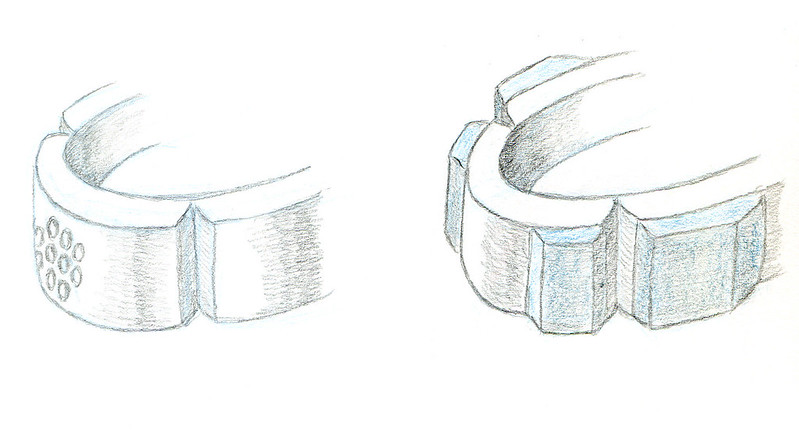

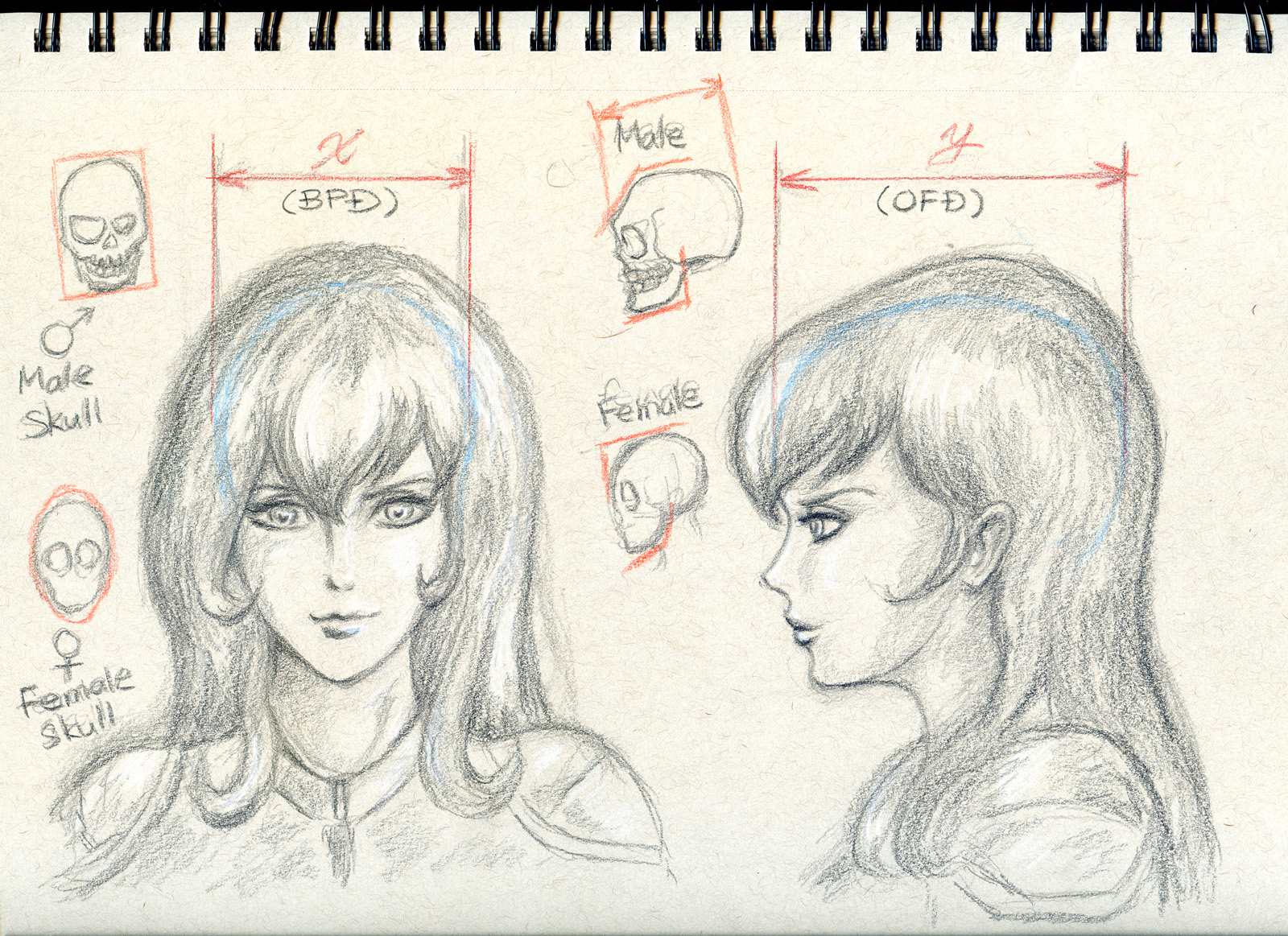
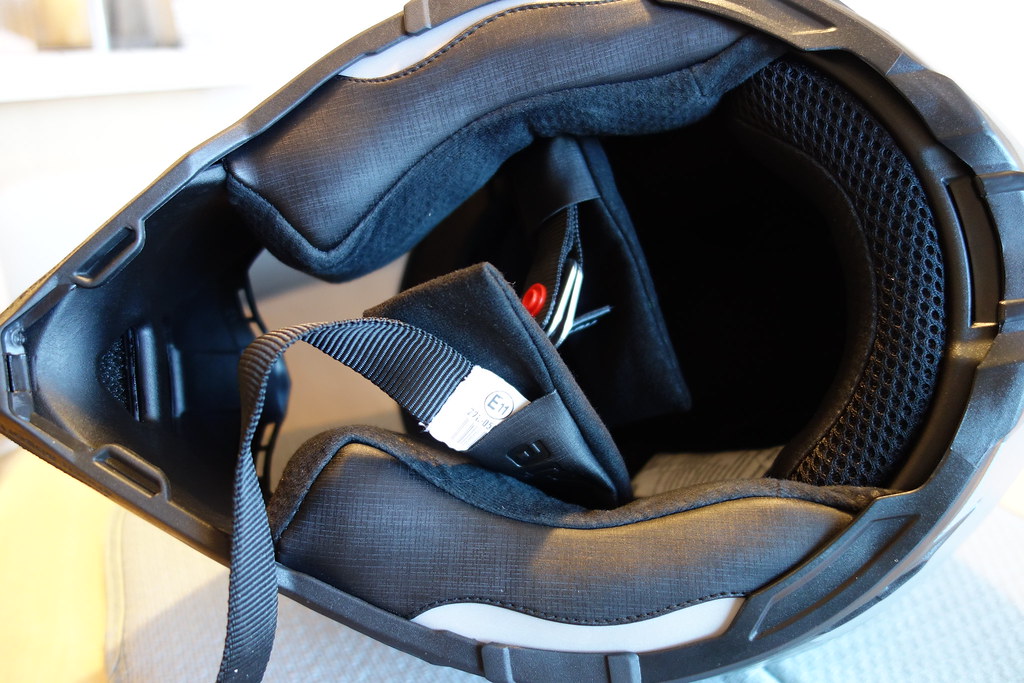

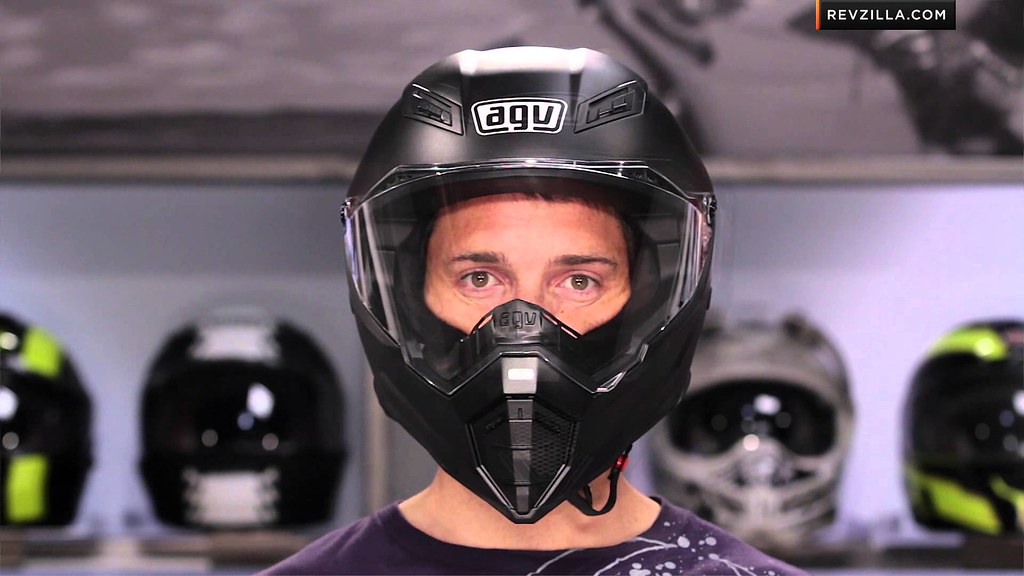
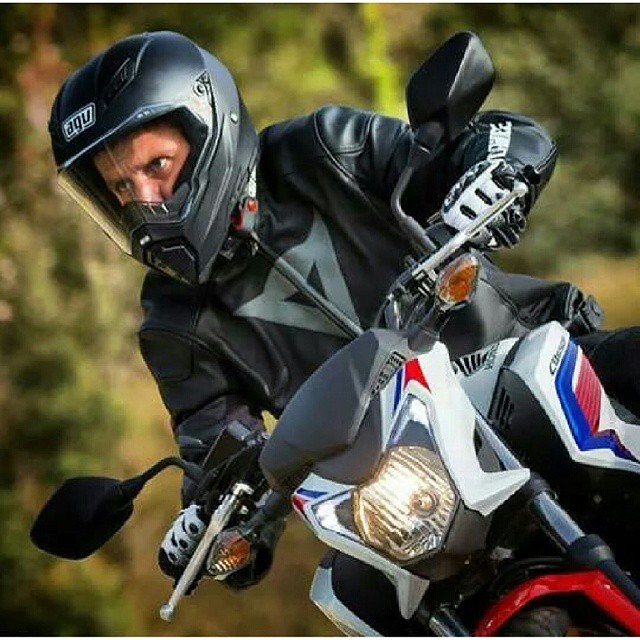

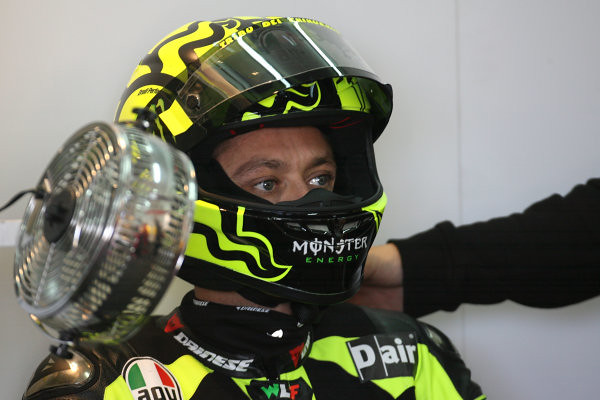
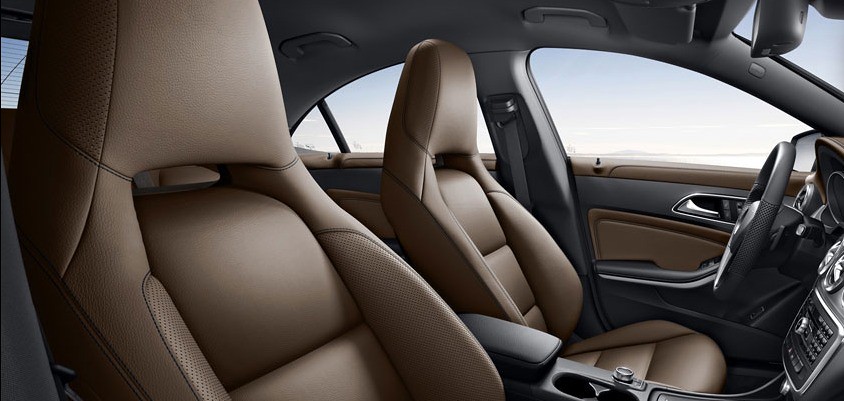
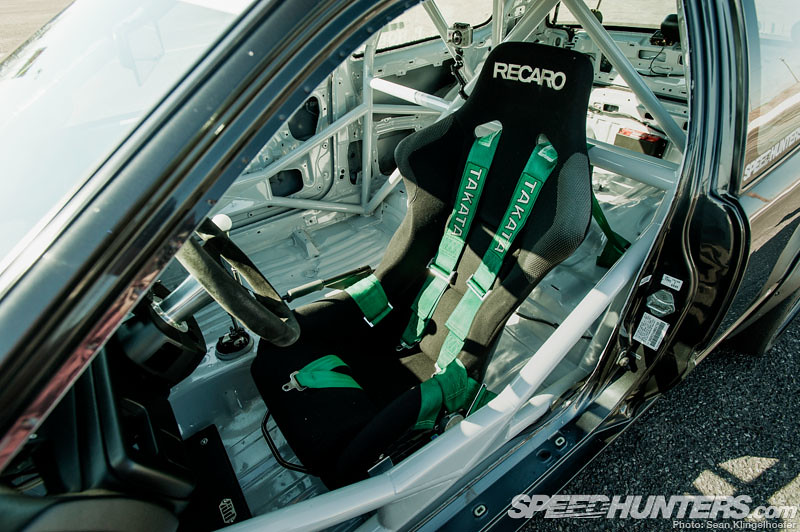
 - Well done!
- Well done!
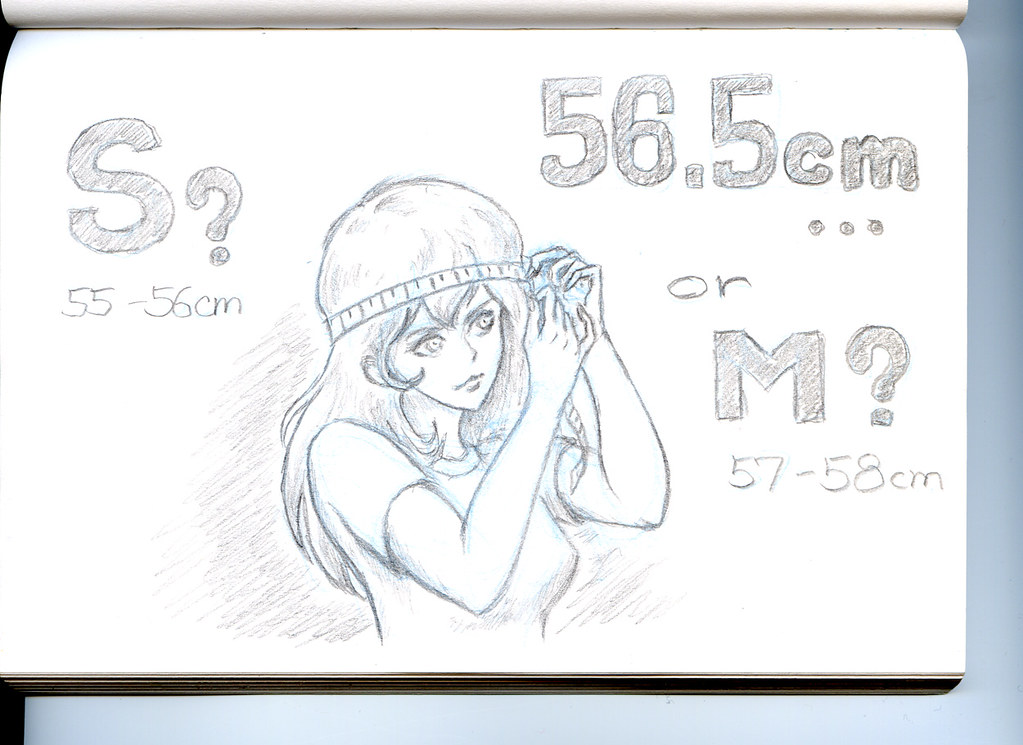
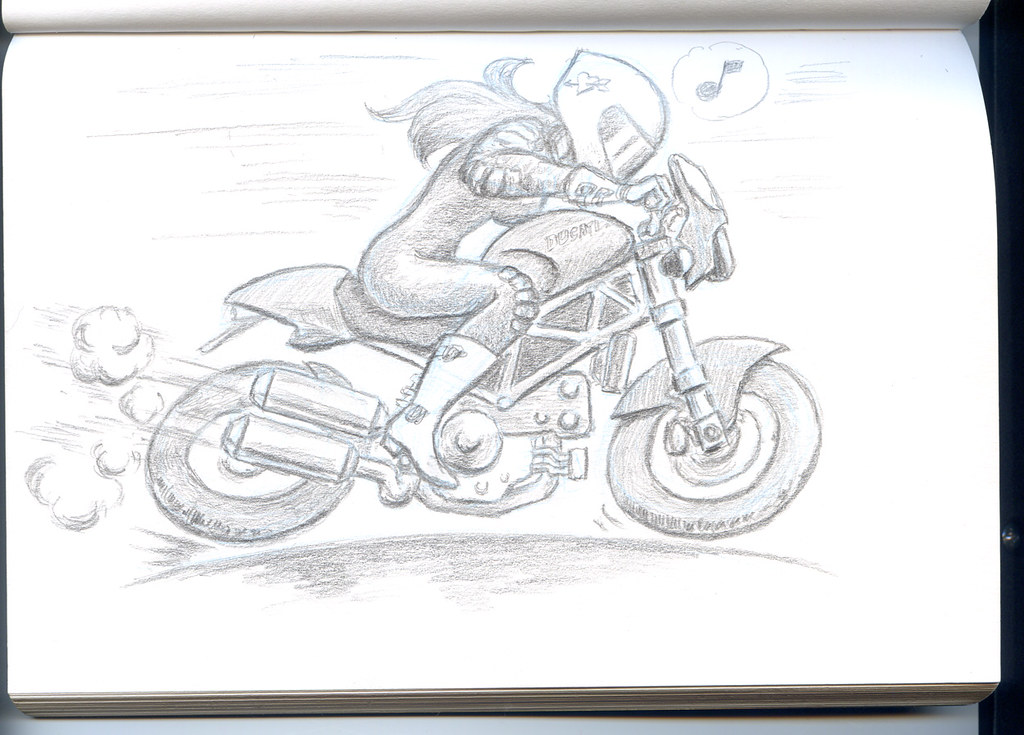


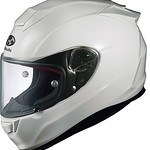
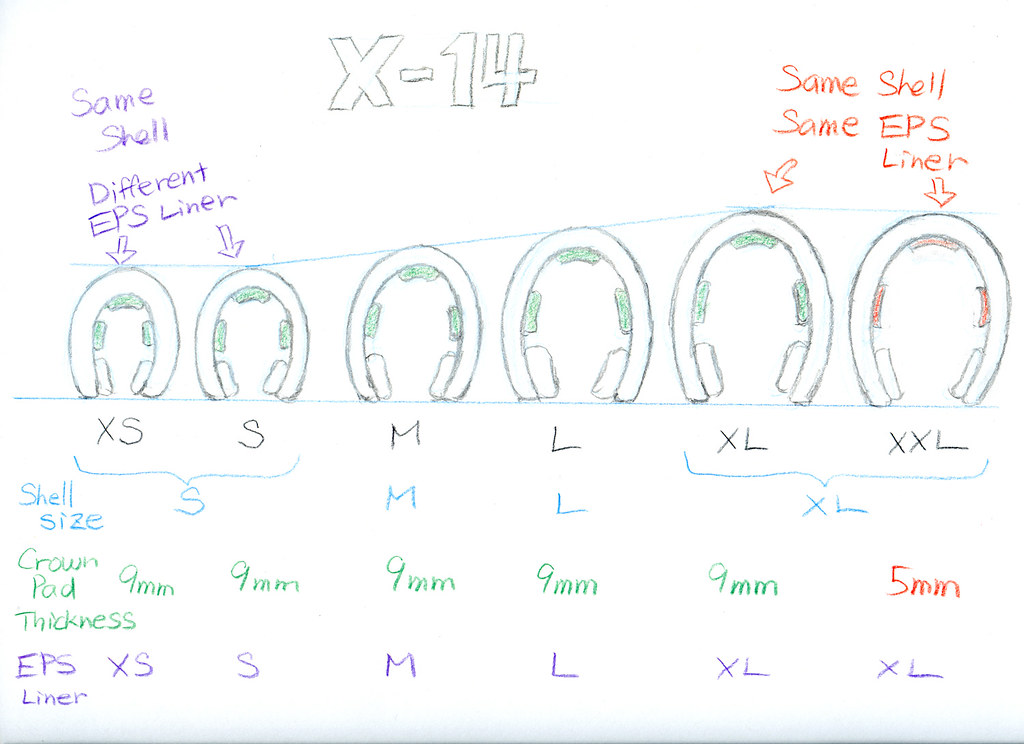




 Seriously though, thanks for the great work!
Seriously though, thanks for the great work!